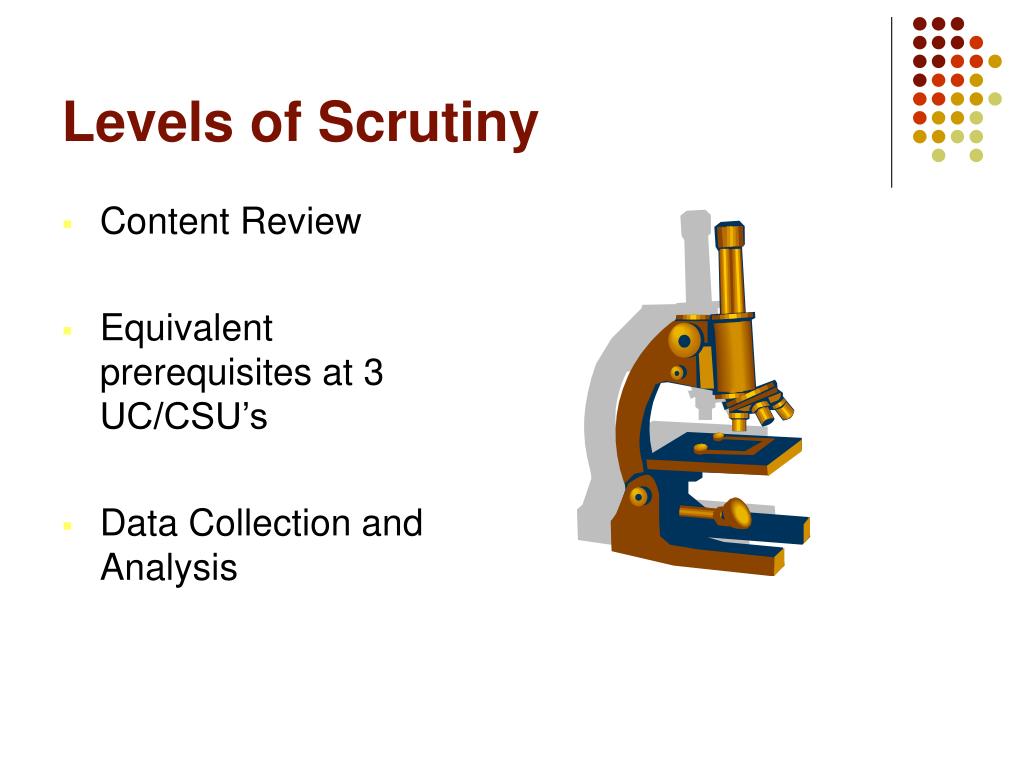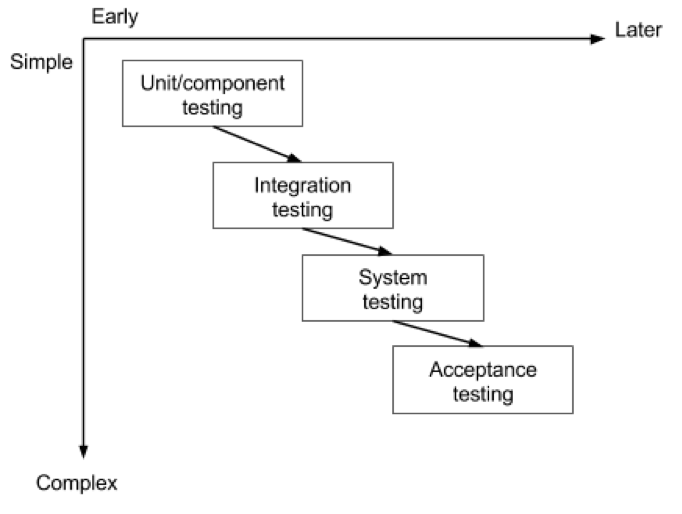
the discriminatory means employed must be substantially related to the achievement of those objectives.” Further, the government “ must carry the burden of showing an ‘exceedingly persuasive justification’ for the classification” at issue. Under this standard - which is used, among other things, to evaluate classifications based on gender - a law “ must serve important governmental objectives, and. Under intermediate scrutiny, the burden shifts to the government to justify the law at issue. The second standard, known as “intermediate scrutiny,” raises the stakes considerably. Under rational basis review, a litigant challenging a law on constitutional grounds “ bear the burden of proving that it does not bear a rational relation to any conceivably legitimate governmental purpose-even a hypothetical one.” With vanishingly few exceptions, nearly all laws satisfy this standard. The first standard - rational basis review - is the most forgiving.

Generally speaking, and simplifying matters considerably, courts use three different standards to adjudicate constitutional claims: (1) rational basis review (2) intermediate scrutiny (3) and strict scrutiny. The “standard of scrutiny” applied to a particular claim is of critical legal importance and usually determines whether the claim will succeed.
#Level of scrutiny full#
As a consequence, the full scope of the right to bear arms - such as whether it applies outside the home, whether it applies to handguns alone, and whether it applies only for purposes of self-protection - remains unclear. However, neither case articulated a specific standard of scrutiny for evaluating Second Amendment claims. Respectively, Heller and McDonald held that the Second Amendment confers an individual right to keep and bear popularly-used firearms in one’s home, and that Second Amendment is applicable against both the states and the federal government alike. City of Chicago, lower courts have grappled with the appropriate standard of scrutiny to apply to Second Amendment claims. Supreme Court’s landmark Second Amendment rulings in District of Columbia v.

Subsequently, it conducts a normative study arguing in favour of importing the strict scrutiny standard.In the wake of the U.S. seeks to operate on two levels: first, it conducts a positive analysis to determine status quo and related problems. In this context, this article attempts to trace the rather uncertain development of this doctrine. To add to the confusion, the Delhi High Court recently provided its own opinion on the matter, leaving the question of applicability of strict scrutiny in India open to academic discussion.

Whilst one school of thought views it as a foreign principle of law incapable of harmonious integration within the existing jurisprudence, the other observes no such disharmony. In a seemingly simple issue, confusion and ambiguity reign prevalent as a result of differing opinions expressed by the Supreme Court.

However, in the interest of according enhanced protection to these rights, the Supreme Court has been called upon to subject legislations to a more rigorous evaluation or a heightened level of scrutiny, namely strict judicial scrutiny. With respect to equality analysis, the existing standard is one of reasonableness. Thus, legislative actions seeking to restrict these rights must satisfy certain judicial standards. In the constitutional scheme of matters, this duty falls upon the judiciary. Whilst fundamental rights may not be inalienable, it must be ensured that they remain fundamental.


 0 kommentar(er)
0 kommentar(er)
